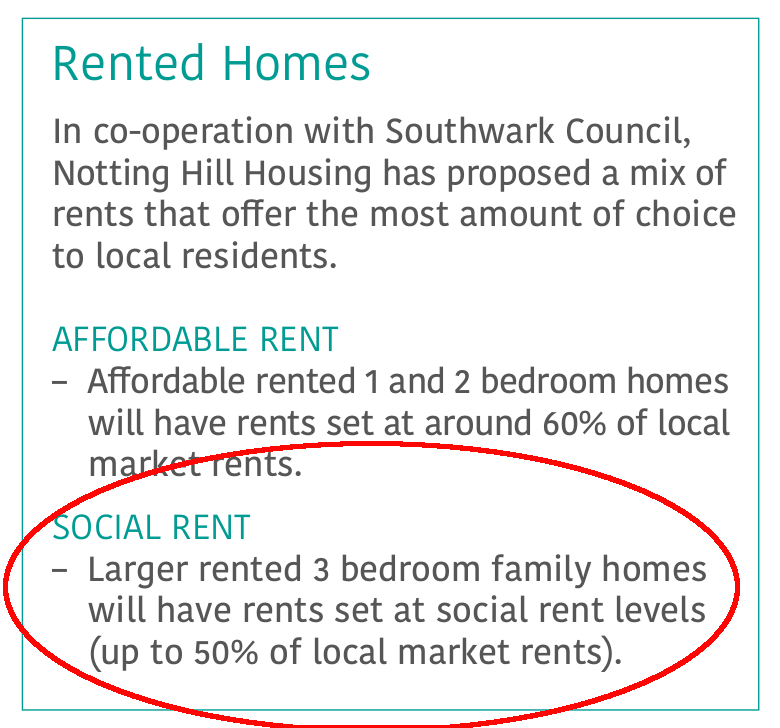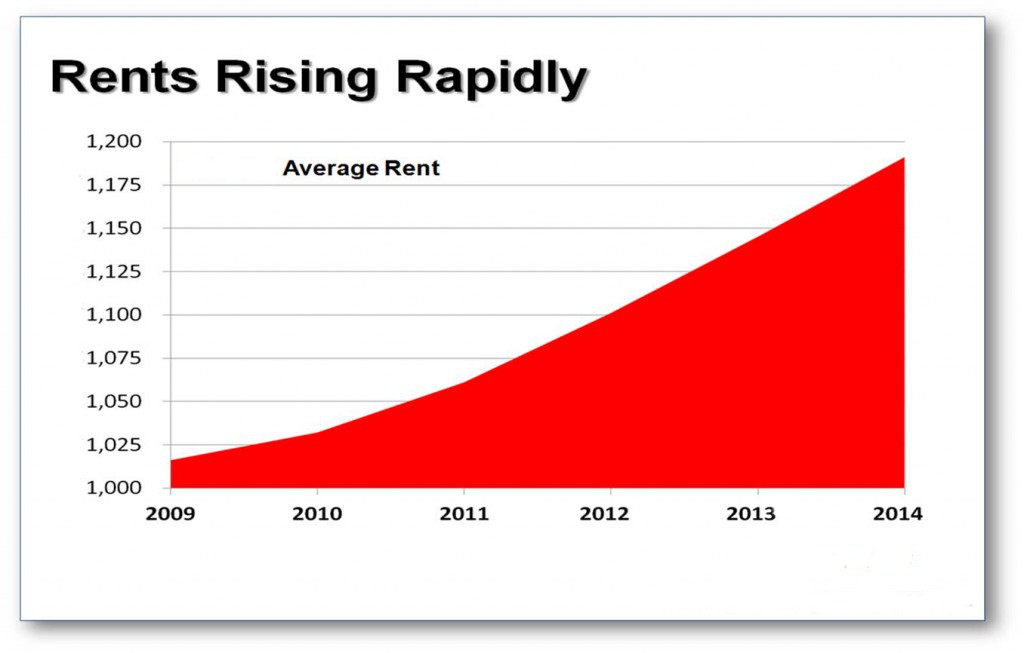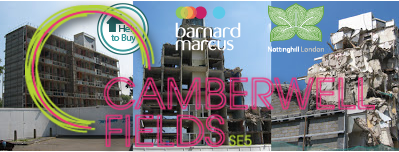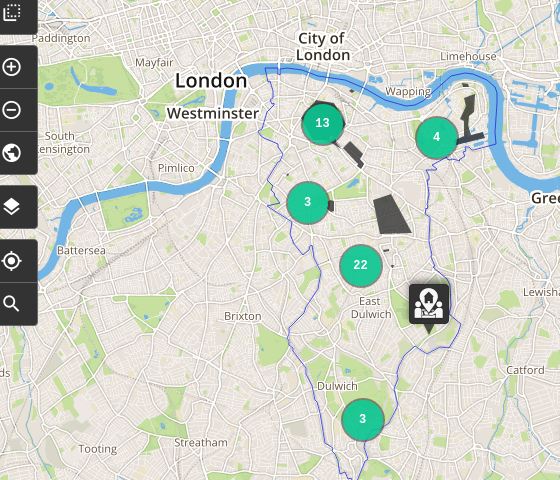 We blogged previously about the last phase of the Aylesbury redevelopment, where we saw plans waved through as social rent, only to discover afterwards that the s106 legal agreement defined social rent as encompassing the HCA’s definition of affordable rent (80% market rent).
We blogged previously about the last phase of the Aylesbury redevelopment, where we saw plans waved through as social rent, only to discover afterwards that the s106 legal agreement defined social rent as encompassing the HCA’s definition of affordable rent (80% market rent).
 Notting Hill Housing Group, which is developing all subsequent phases of the Aylesbury estate, has taken a different approach: instead of substituting affordable rent for social rent via the back door, it is openly defining affordable rent as a subcategory of social rent.
Those familiar with housing policy will know that social rents are not determined by Housing Associations; they are determined by the National Rent Regime regulatory framework - and that they are not set in relation to market rents; they are set in relation to average household incomes.
Notting Hill Housing Group, which is developing all subsequent phases of the Aylesbury estate, has taken a different approach: instead of substituting affordable rent for social rent via the back door, it is openly defining affordable rent as a subcategory of social rent.
Those familiar with housing policy will know that social rents are not determined by Housing Associations; they are determined by the National Rent Regime regulatory framework - and that they are not set in relation to market rents; they are set in relation to average household incomes.
This hasn’t deterred Notting Hill Housing; its consultation document for another Walworth scheme, the Manor Place development (a former Council refuse depot) shows it will be setting rents for its new social rented homes at “up to 50% of local market rents”.
 50% of local market rents may sound like a good deal to some, but in an area where rents have increased by 17% in the last 3 years1 to an average £300 per week for a 1-bed flat2, 50% of market rents is roughly double existing council rents. The crucial difference is also that market rents rise well beyond wages in property hotspots like Southwark; an important consideration in a borough where the average household income of a council tenant is £9,100 per year3 and definitely not rising at the same rate as local market rents.
50% of local market rents may sound like a good deal to some, but in an area where rents have increased by 17% in the last 3 years1 to an average £300 per week for a 1-bed flat2, 50% of market rents is roughly double existing council rents. The crucial difference is also that market rents rise well beyond wages in property hotspots like Southwark; an important consideration in a borough where the average household income of a council tenant is £9,100 per year3 and definitely not rising at the same rate as local market rents.
 Southwark council has undertaken a study of the affordability of affordable rent in the borough, so it is entirely aware that these ridiculous ‘affordable’ rents are unaffordable to most of its residents. Indeed, it has said as much in representations to the Mayor rejecting the new tenure policy. This spreadheet from the council’s study shows the minimum household income needed for one of Notting Hill’s new 50% market rent ‘social rented’ homes is £39,860 per year - well beyond the £21,000 mean average household income in Walworth.
Southwark council has undertaken a study of the affordability of affordable rent in the borough, so it is entirely aware that these ridiculous ‘affordable’ rents are unaffordable to most of its residents. Indeed, it has said as much in representations to the Mayor rejecting the new tenure policy. This spreadheet from the council’s study shows the minimum household income needed for one of Notting Hill’s new 50% market rent ‘social rented’ homes is £39,860 per year - well beyond the £21,000 mean average household income in Walworth.
We don’t yet know what percentage of market rent the replacement ‘social’ housing on the new Aylesbury estate will be, but we do know that the Agreement signed for the sale of the estate allows notting hill to set the new affordable rents at up to 80% market rent:
Some might see all this as an inevitable consequence of the market and beyond the control of public authorities, but this would ignore the fact that the Aylesbury and Manor Place depot are on council-owned land, being bought in turn by a publicly-funded Housing Association. Southwark and Notting Hill should be fulfilling their duty to build truly affordable and truly social rented homes on this land, not playing games with dodgy ‘affordable’ housing definitions.
More from the Notting Hill Mob
Notting Hill are also involved in the Council’s Elmingtion estate regeneration in Camberwell, where the council has just issued a Compulsory Purchase Order on 144 homes in phase 3 of the scheme. Phases 1 & 2, where Notting Hill has already demolished 373 council homes, are nearing completion and the new ‘affordable’ homes are currently being marketed in the development rebranded ‘Camberwell Fields’.

Paragraph 12 of this Council report confirms that all replacement 1 & 2 bed social housing in the redevelopment will be set at 65% market rent. According to Southwark’s figures this will amount to £194 per week: double the existing council rents. Tenants who have been ‘decanted’ from the estate and wish to exercise their right to return, will therefore need to be able to afford a 100% rent hike.
But the main component of the new ‘affordable’ housing comprises shared ownership units. Notting Hill has just released the price list for these, and the cheapest will be £380k for a 1-bed flat. For this you will need to buy a minimum 40% share, have a minimum household income of £51,824 and will pay a total of £1,438 per month in rent, mortgage and service charge payments. The average income of Camberwell households is £24,400pa, so they are obviously out of luck.
Not Notting Hill (but not better neither)..
 Last week, L&Q launched its shared ownership homes on the redeveloped Heygate estate. The launch coincided with the latest phase of marketing at a sales event in Hong Kong. According to L&Q’s price list, the cheapest of the Heygate’s new ‘affordable’ shared ownership homes will set you back £126k for a 30% stake in a 1-bed flat, for which you will need to buy a minimum 30% share, requiring a household income of at least £57,500k per year. A 25% share in a 2-bed duplex will set you back £185,625, but with a minimum household income requirement of £64,500 it won’t be long before you will be able to staircase up to full ownership of the flat, priced at a mere £742,500. It seems our council leader is finally delivering on his housing pledge to help poor Southwark residents on “£60-£80,000 a year – but who have absolutely no hope of buying”.
Last week, L&Q launched its shared ownership homes on the redeveloped Heygate estate. The launch coincided with the latest phase of marketing at a sales event in Hong Kong. According to L&Q’s price list, the cheapest of the Heygate’s new ‘affordable’ shared ownership homes will set you back £126k for a 30% stake in a 1-bed flat, for which you will need to buy a minimum 30% share, requiring a household income of at least £57,500k per year. A 25% share in a 2-bed duplex will set you back £185,625, but with a minimum household income requirement of £64,500 it won’t be long before you will be able to staircase up to full ownership of the flat, priced at a mere £742,500. It seems our council leader is finally delivering on his housing pledge to help poor Southwark residents on “£60-£80,000 a year – but who have absolutely no hope of buying”.
Southwark seeks help
 While council estates tumble across the borough Southwark Council has launched an interactive map, inviting people to suggest where it should build its pledged 11,000 new ‘council’ homes. Vacant land is limited so it will be a difficult task; back in December the Council even suggested exploring the purchase of land on the open market from developers. Given its track record in negotiating with developers, a better alternative would be to build the new council homes on the vast estates that the Council is ‘regenerating’ (Heygate, Aylesbury, Wooddene & Elmington etc). Even now it’s not too late and surely preferable to selling these sites off to developers and corporated-minded Housing Associations, who provide nothing but a few unaffordable affordable homes in return?
While council estates tumble across the borough Southwark Council has launched an interactive map, inviting people to suggest where it should build its pledged 11,000 new ‘council’ homes. Vacant land is limited so it will be a difficult task; back in December the Council even suggested exploring the purchase of land on the open market from developers. Given its track record in negotiating with developers, a better alternative would be to build the new council homes on the vast estates that the Council is ‘regenerating’ (Heygate, Aylesbury, Wooddene & Elmington etc). Even now it’s not too late and surely preferable to selling these sites off to developers and corporated-minded Housing Associations, who provide nothing but a few unaffordable affordable homes in return?
-
See data for SE17 in Southwark’s Dec 2014 Affordable Rent Study dataset↩
-
See sheet 8, row 9 of the Council’s Dec 2014 Affordable Rent Study update.↩

